Home>Gardening & Outdoor>Landscaping Ideas>Does Grass Release A Chemical When Cut
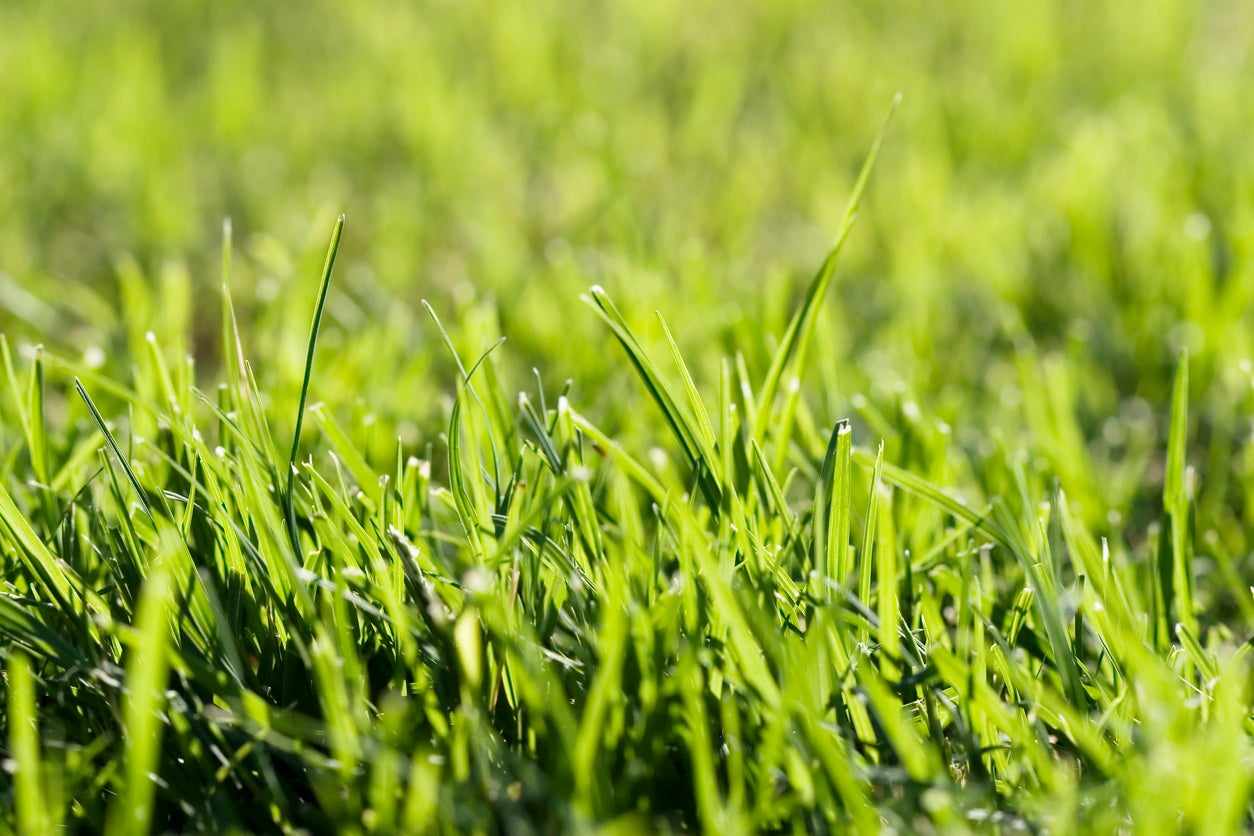

Landscaping Ideas
Does Grass Release A Chemical When Cut
Modified: August 16, 2024
Discover the impact of grass cutting on your lawn. Explore landscaping ideas and learn about the potential release of chemicals from freshly cut grass.
(Many of the links in this article redirect to a specific reviewed product. Your purchase of these products through affiliate links helps to generate commission for Storables.com, at no extra cost. Learn more)
Introduction
Landscaping is not just about creating a visually appealing outdoor space; it also involves understanding the intricate interactions between different elements of nature. One such fascinating aspect is the chemical release by grass when it is cut. Have you ever noticed the pleasant aroma that fills the air after mowing the lawn? This distinct scent is a result of the chemical compounds released by the grass. In this article, we will delve into the details of this natural phenomenon, exploring the impact of the chemical on surrounding plants and insects. By understanding the intricate relationship between grass and its environment, we can gain a deeper appreciation for the interconnectedness of nature.
Key Takeaways:
- Grass releases a chemical called green leaf volatiles (GLVs) when it’s cut, creating the fresh scent. This chemical also helps plants defend themselves and influences insect behavior in the ecosystem.
- The release of GLVs by freshly cut grass affects neighboring plants, triggering defense mechanisms and altering growth patterns. It also impacts herbivorous insects, deterring feeding and influencing population dynamics.
Read more: When Does Grass Cutting Season Stop
The Chemical Released by Grass when Cut
When grass is cut, it releases a chemical compound known as green leaf volatiles (GLVs). These organic compounds, including aldehydes, alcohols, and esters, are responsible for the distinctive “green” scent that fills the air. The release of GLVs is a natural defense mechanism of the grass, triggered by the physical trauma of being cut. This process is similar to the way plants release volatile compounds when attacked by pests or damaged by environmental stressors.
The production of GLVs serves as a signaling mechanism, communicating to neighboring plants that the grass has been injured. This chemical communication can have far-reaching effects on the surrounding vegetation and the ecosystem as a whole.
Interestingly, the composition of GLVs can vary between different species of grass, leading to a diverse range of fragrances in the air after mowing. For example, freshly cut Bermuda grass emits a sweet, earthy scent, while the aroma of freshly mowed Kentucky bluegrass is often described as fresh and clean.
The Impact of the Chemical on Surrounding Plants
Upon detecting the release of GLVs by the freshly cut grass, neighboring plants can initiate a series of responses. One of the most notable effects is the activation of defense mechanisms in nearby vegetation. Studies have shown that when exposed to GLVs, plants can increase their production of defensive compounds to better protect themselves from potential threats, such as herbivorous insects.
Furthermore, the release of GLVs can also trigger changes in the growth patterns of surrounding plants. Some species have been observed to allocate more resources to root growth in response to the presence of these chemical signals. This adaptive behavior allows plants to fortify their root systems, enhancing their ability to withstand potential competition for water and nutrients in the shared environment.
Additionally, the impact of GLVs extends beyond the immediate vicinity of the freshly cut grass. These chemical signals can travel through the air, influencing plants located further away. This interconnected network of chemical communication underscores the sophisticated ways in which plants interact and respond to environmental stimuli.
It is important to note that the effects of GLVs on surrounding plants can vary based on factors such as plant species, environmental conditions, and the concentration of the chemical compounds. As our understanding of these intricate interactions continues to evolve, we gain valuable insights into the resilience and adaptability of plant communities in natural ecosystems.
Yes, when grass is cut, it releases a chemical called green leaf volatiles, which can attract insects and help the grass defend against pests.
The Effect of the Chemical on Insects
The release of green leaf volatiles (GLVs) by freshly cut grass not only influences neighboring plants but also has significant implications for insects within the ecosystem. In response to the presence of GLVs, herbivorous insects can exhibit altered behaviors and physiological responses.
One of the notable effects of GLVs on insects is the potential disruption of their feeding patterns. Studies have shown that certain volatile compounds released by plants, including GLVs, can deter herbivorous insects from feeding on the vegetation. This natural defense mechanism serves as a form of plant-insect communication, influencing the behavior of the insects and reducing the impact of herbivory on the plant community.
Moreover, the exposure to GLVs can elicit changes in the reproductive and developmental processes of insects. In some cases, the presence of these chemical signals can affect the mating behaviors and oviposition preferences of herbivorous insects, influencing population dynamics within the ecosystem.
While GLVs can have deterrent effects on some herbivorous insects, they may also attract certain predators and parasitoids that play a crucial role in regulating insect populations. These natural enemies of herbivorous insects can be drawn to the volatile cues released by damaged plants, contributing to the overall balance of the ecosystem by exerting pressure on herbivore populations.
It is important to recognize that the interactions between GLVs and insects are complex and can vary depending on the specific insect species, as well as the composition and concentration of the chemical compounds. By gaining insights into these ecological dynamics, we deepen our understanding of the intricate relationships between plants and insects within natural habitats.
Conclusion
The release of green leaf volatiles (GLVs) by freshly cut grass unveils a remarkable dimension of the interconnectedness of natural systems. This chemical communication not only contributes to the distinct aroma that fills the air after mowing the lawn but also plays a pivotal role in shaping the interactions between plants and insects within the ecosystem.
By understanding the impact of GLVs on surrounding plants, we gain insights into the intricate mechanisms through which vegetation responds to environmental stimuli. The activation of defense mechanisms and the modulation of growth patterns exemplify the adaptive strategies employed by plants to navigate their shared habitat.
Furthermore, the effects of GLVs on insects underscore the multifaceted nature of ecological interactions. From deterring herbivorous insects to attracting natural enemies that help maintain ecological balance, the influence of these chemical signals extends to the dynamics of insect populations within the ecosystem.
As we continue to unravel the complexities of these chemical exchanges in nature, we deepen our appreciation for the resilience and sophistication of natural systems. The subtle yet profound impact of the chemical release by grass when cut serves as a testament to the intricate web of connections that shape the ecological tapestry of our surroundings.
Through ongoing research and exploration, we can further illuminate the nuances of these interactions, fostering a deeper understanding of the delicate balance that sustains the natural world.
Frequently Asked Questions about Does Grass Release A Chemical When Cut
Was this page helpful?
At Storables.com, we guarantee accurate and reliable information. Our content, validated by Expert Board Contributors, is crafted following stringent Editorial Policies. We're committed to providing you with well-researched, expert-backed insights for all your informational needs.
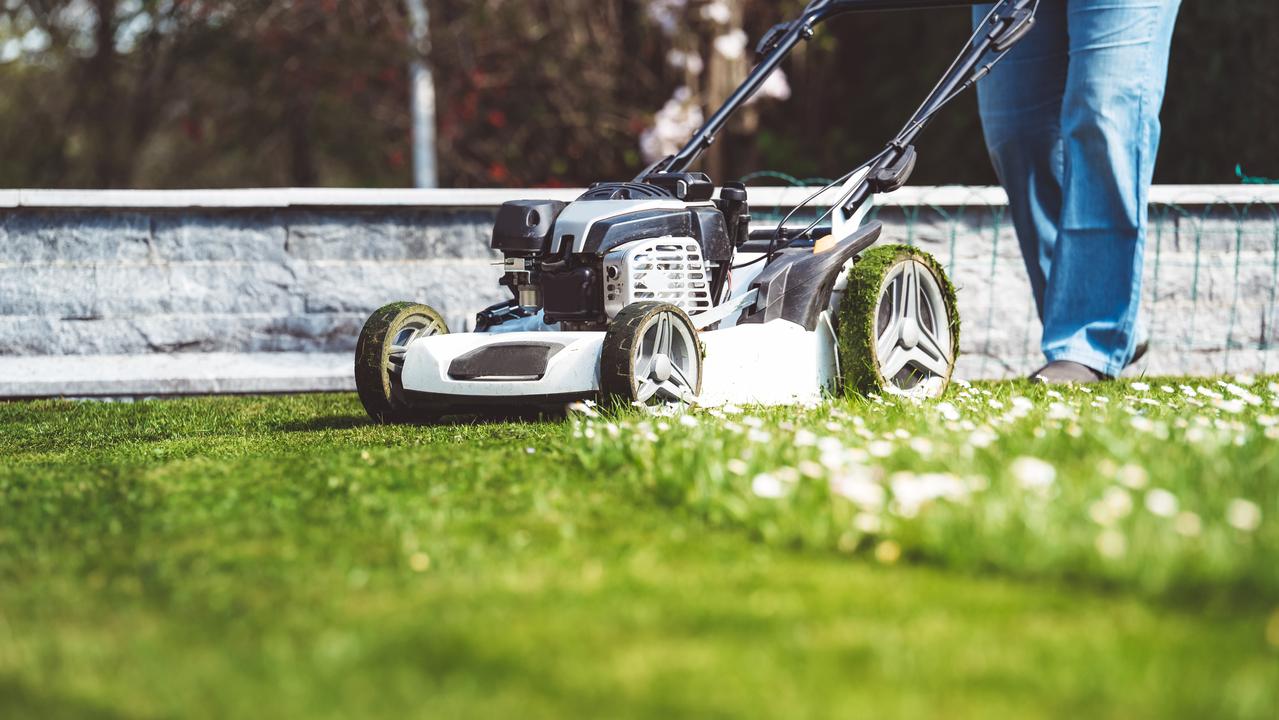
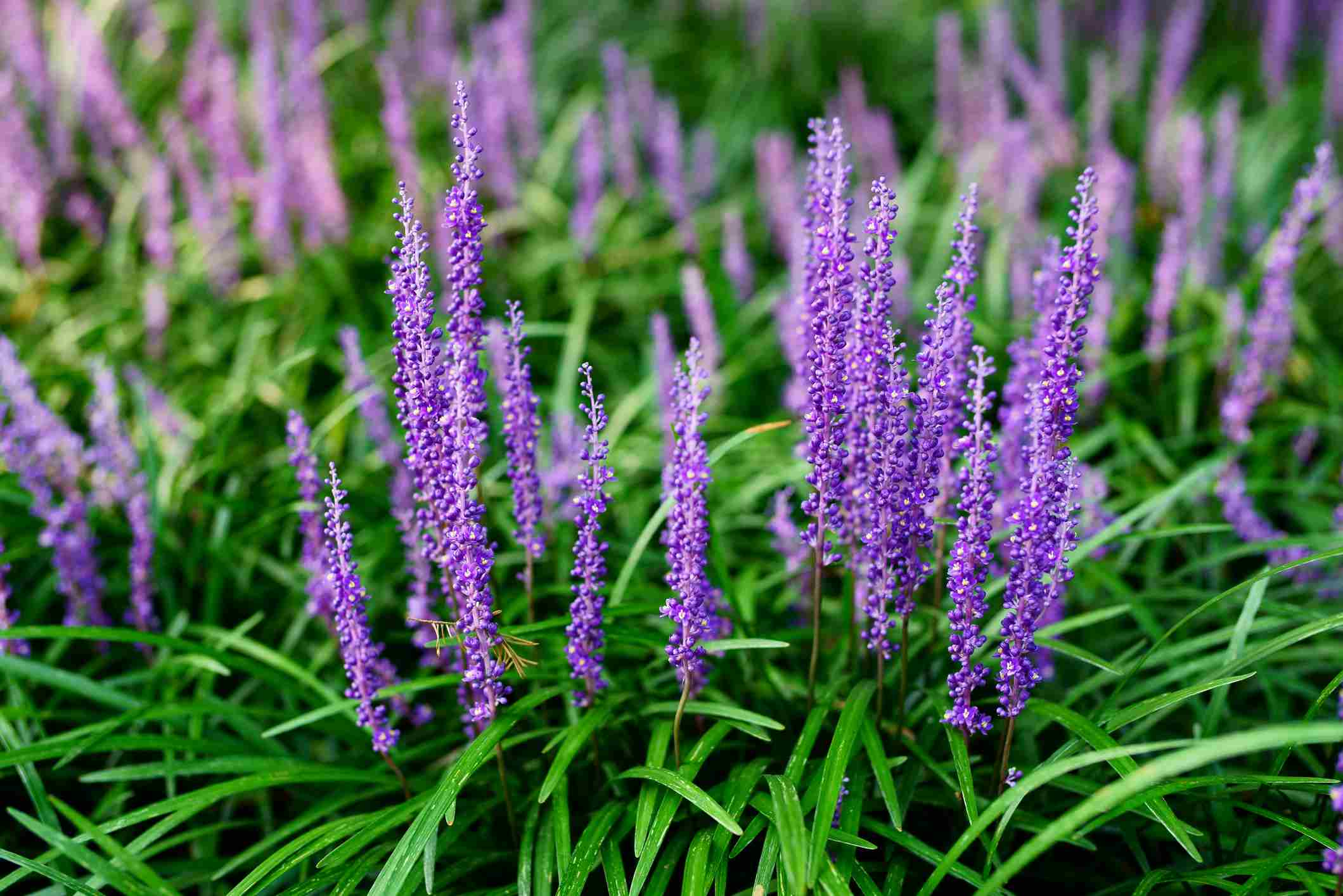


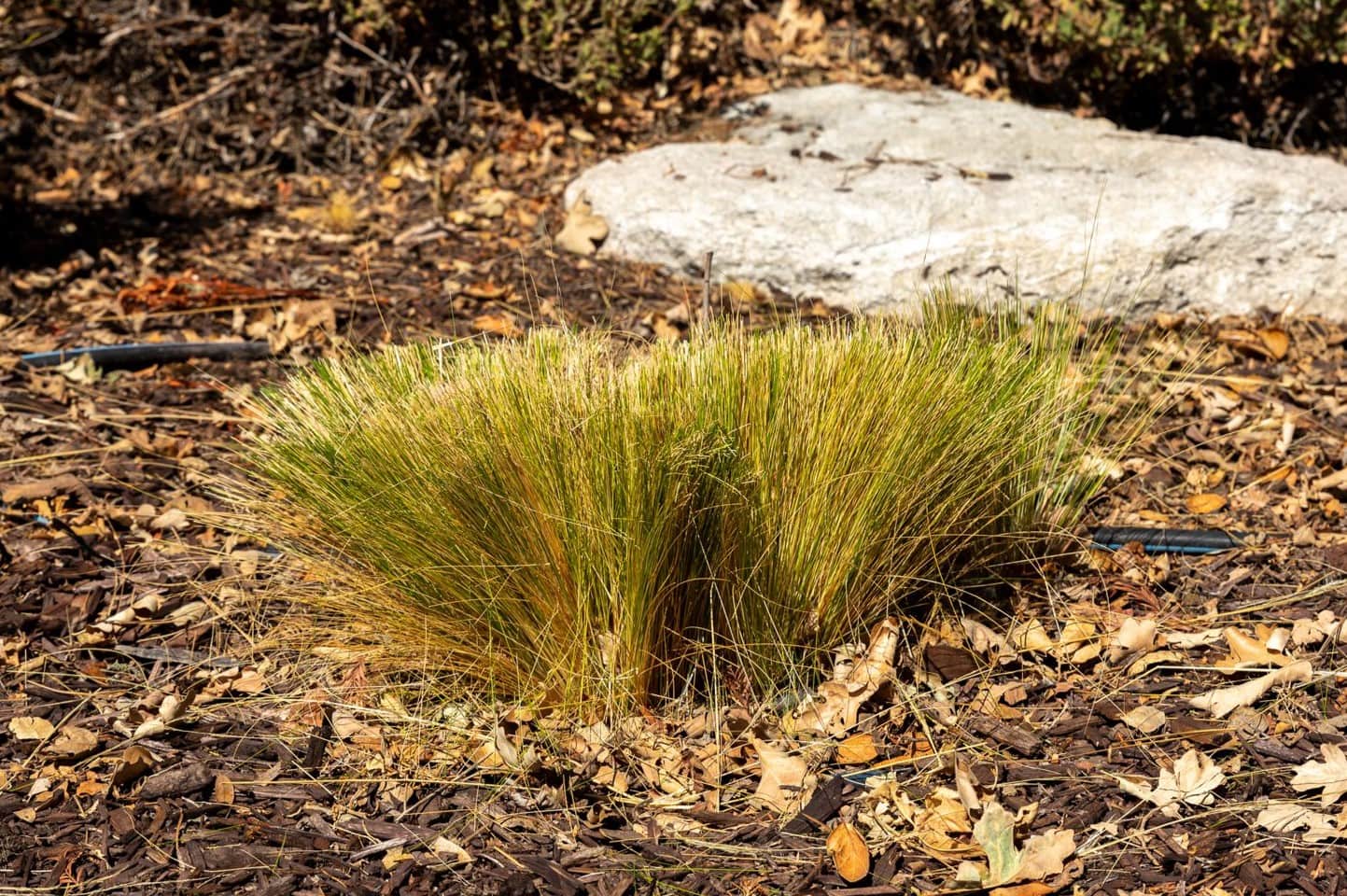
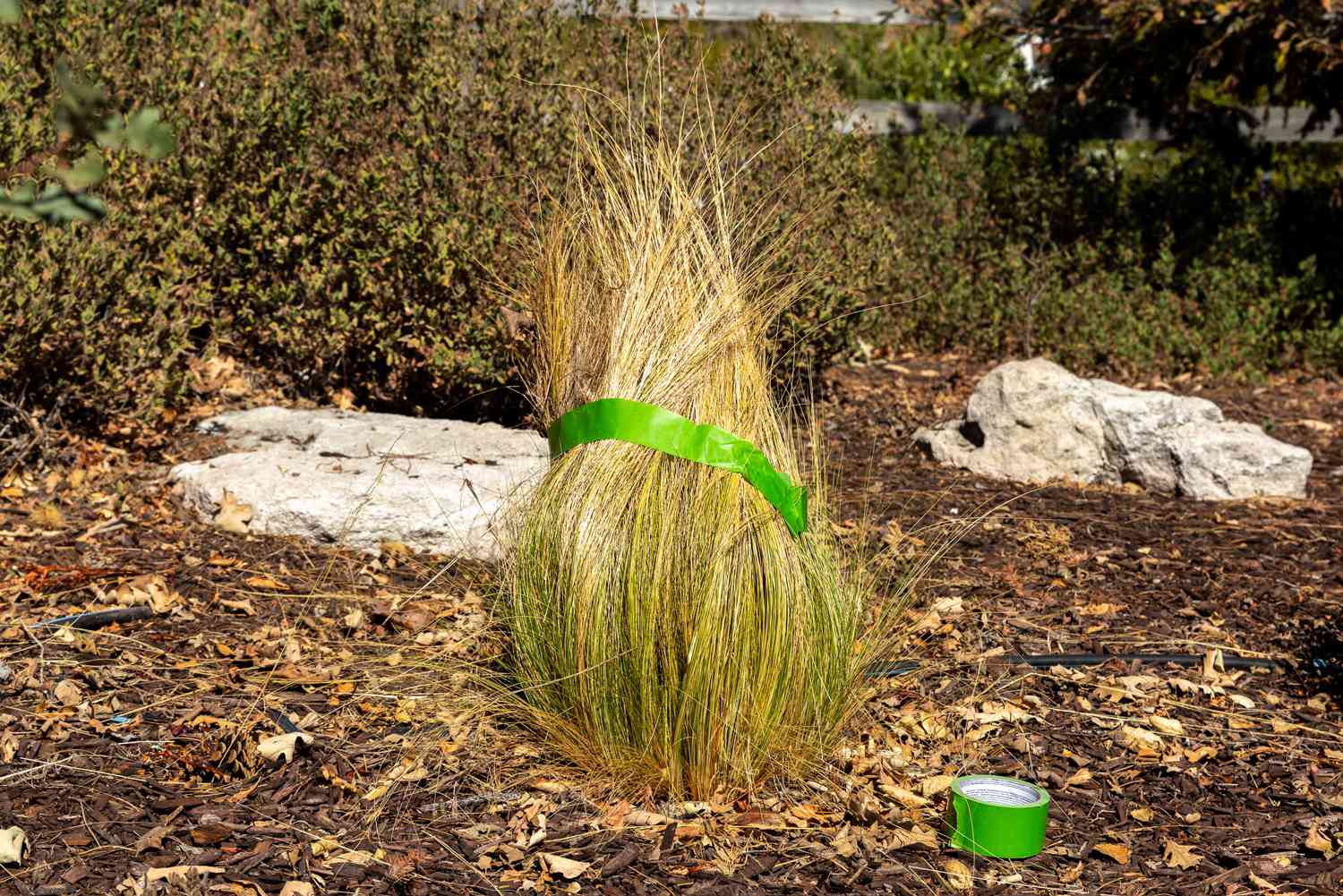
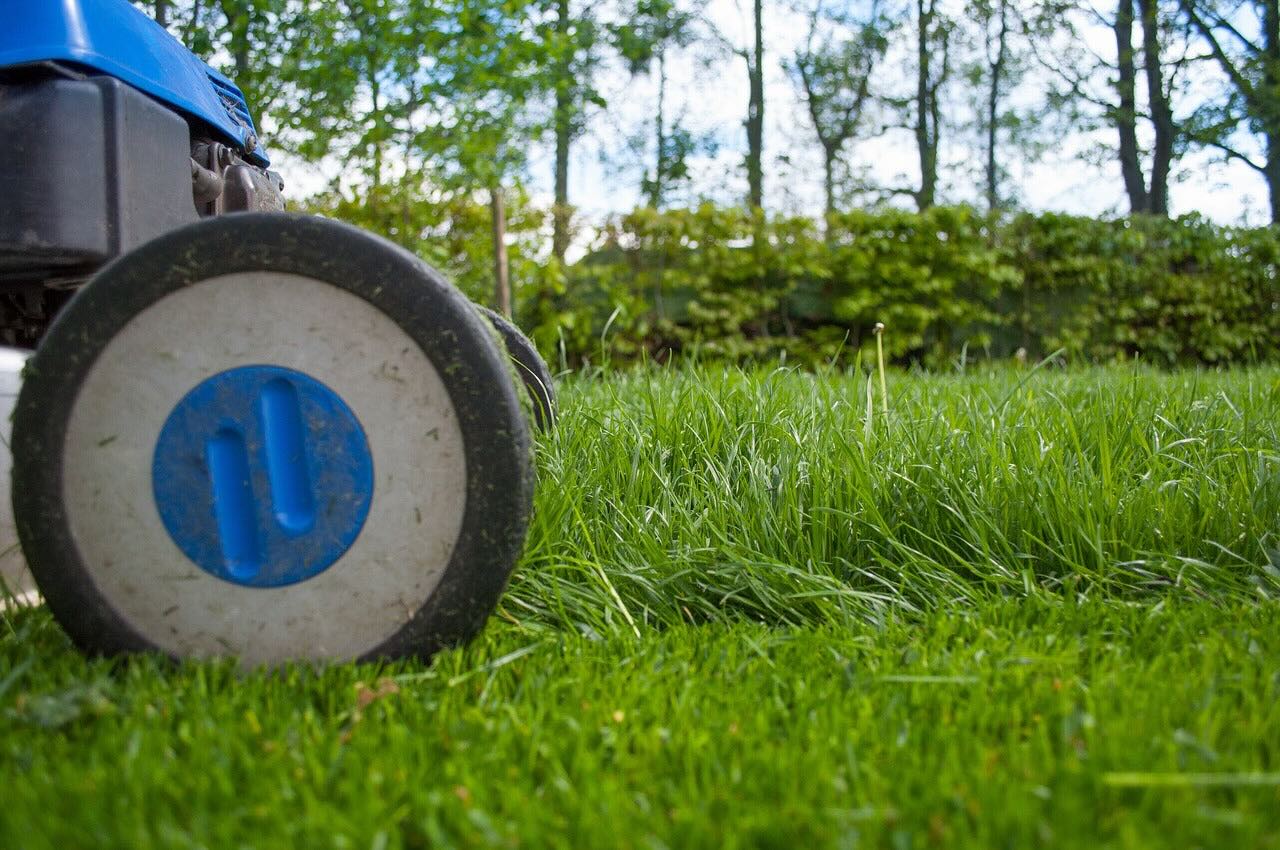
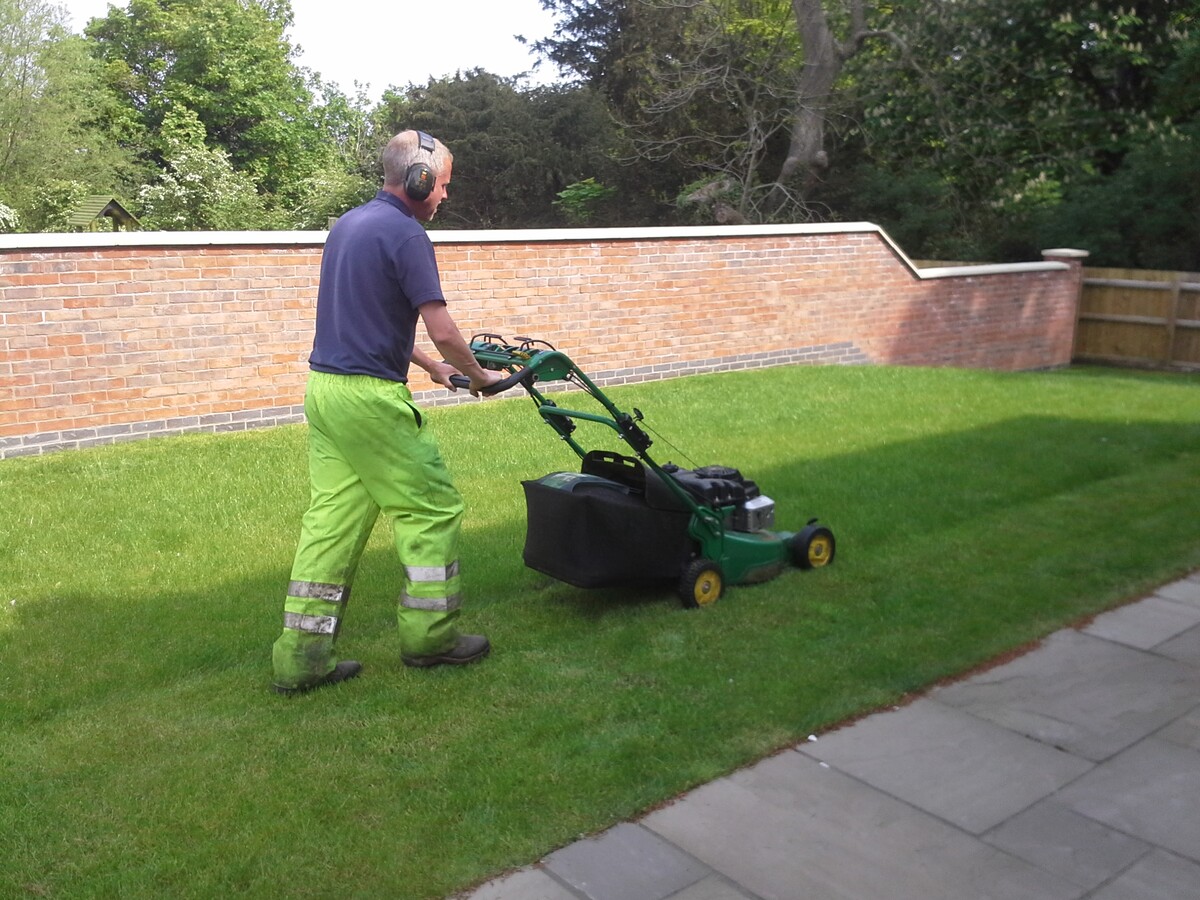
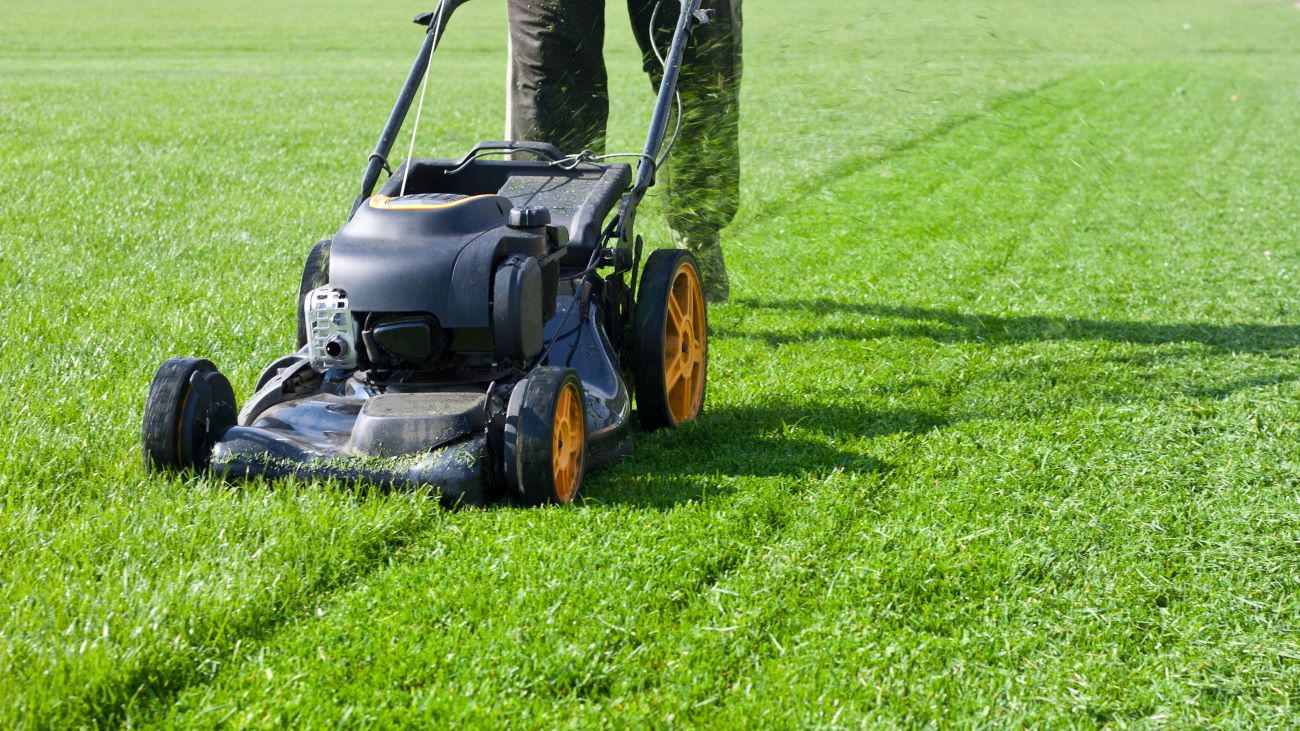
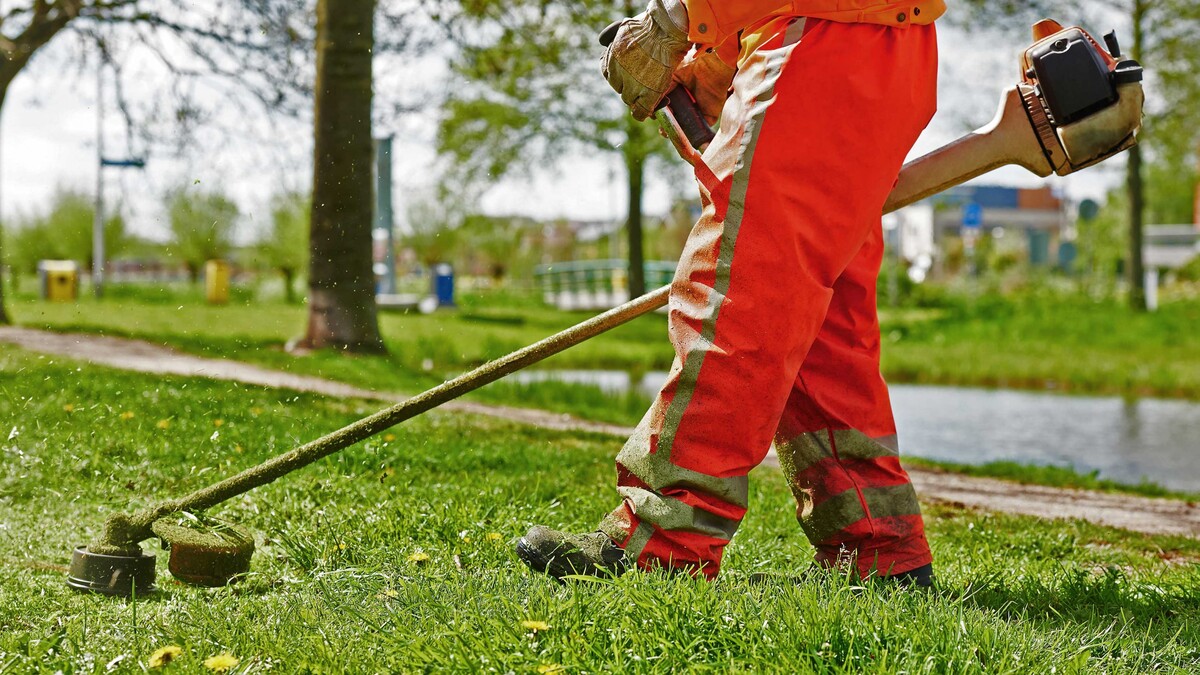
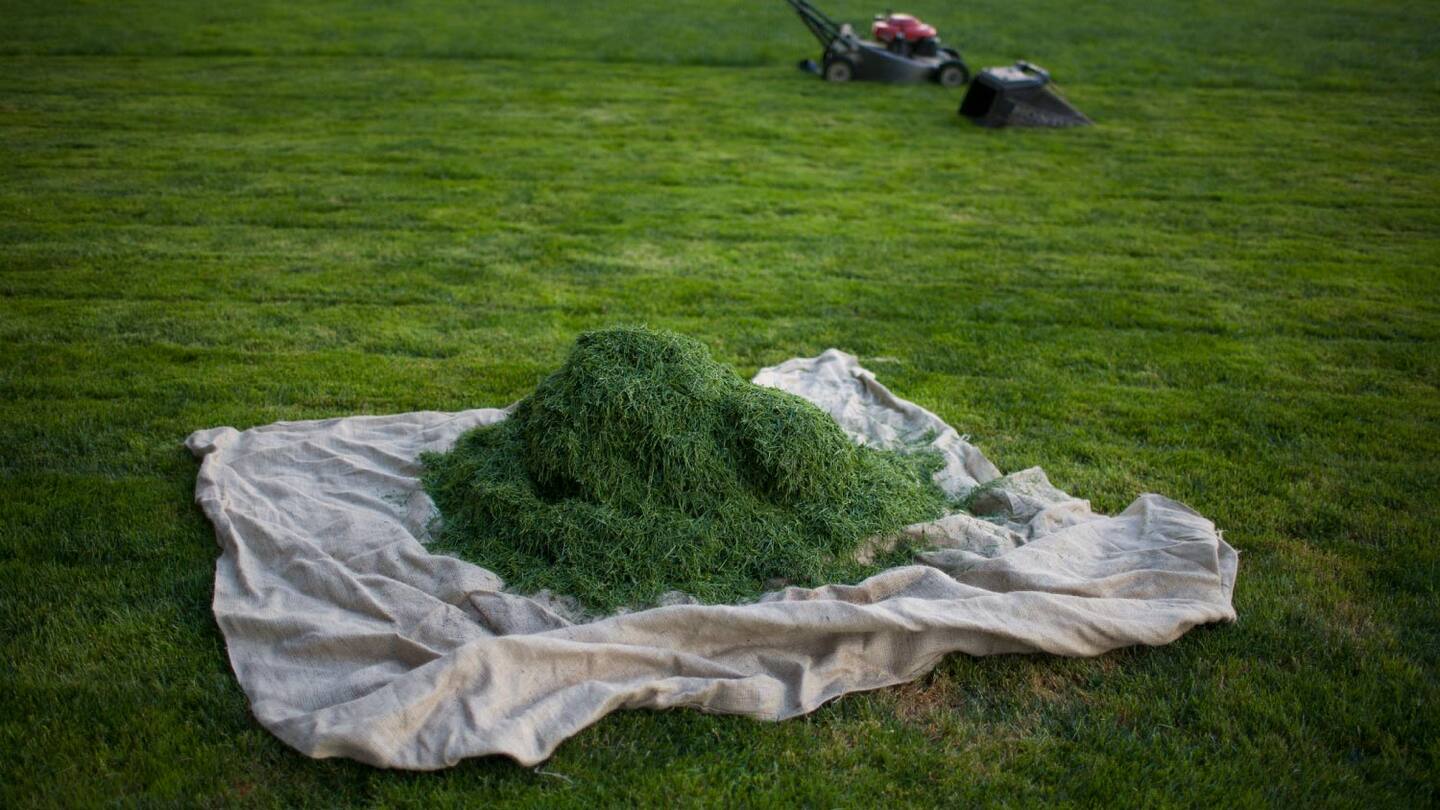
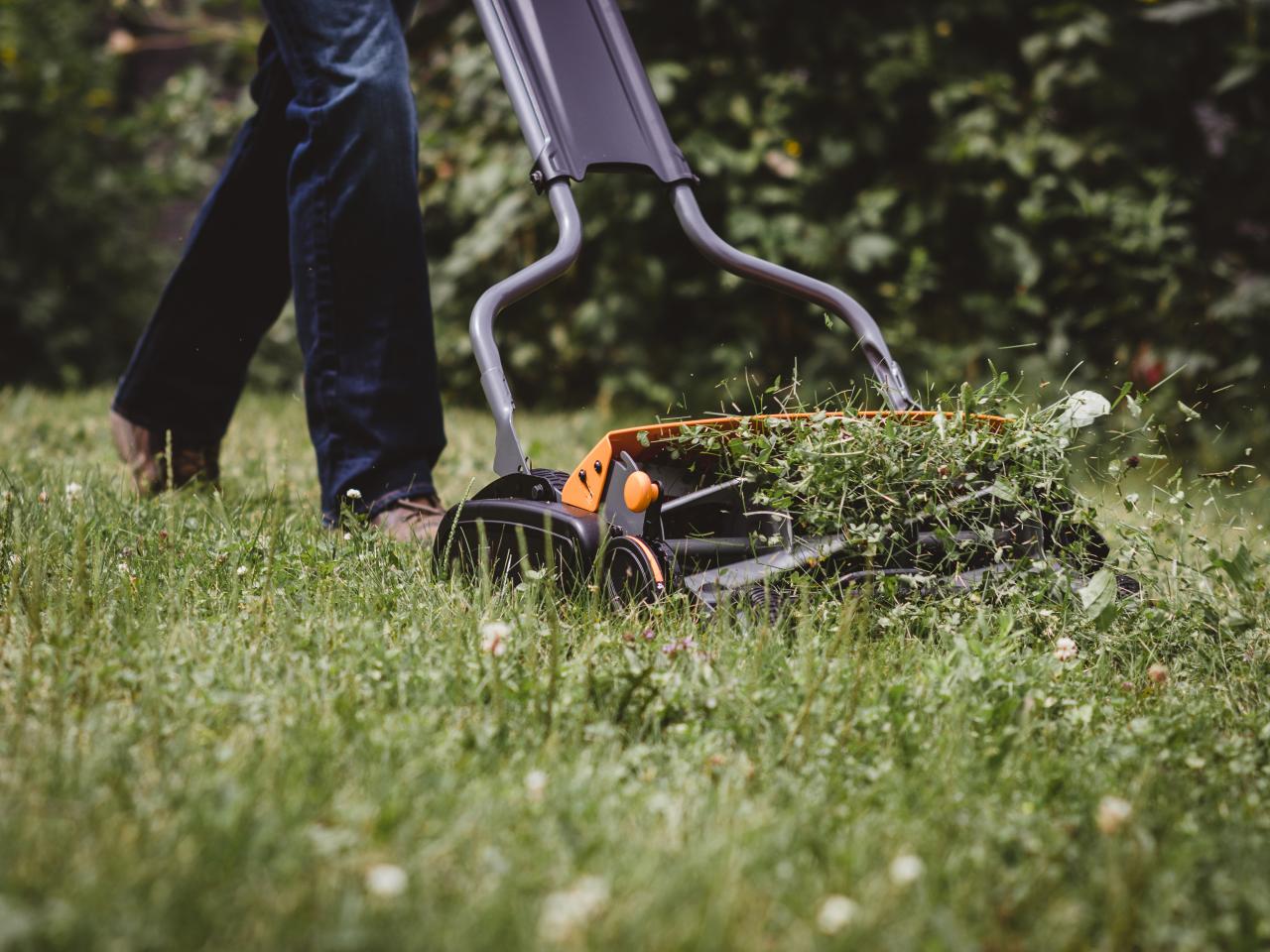
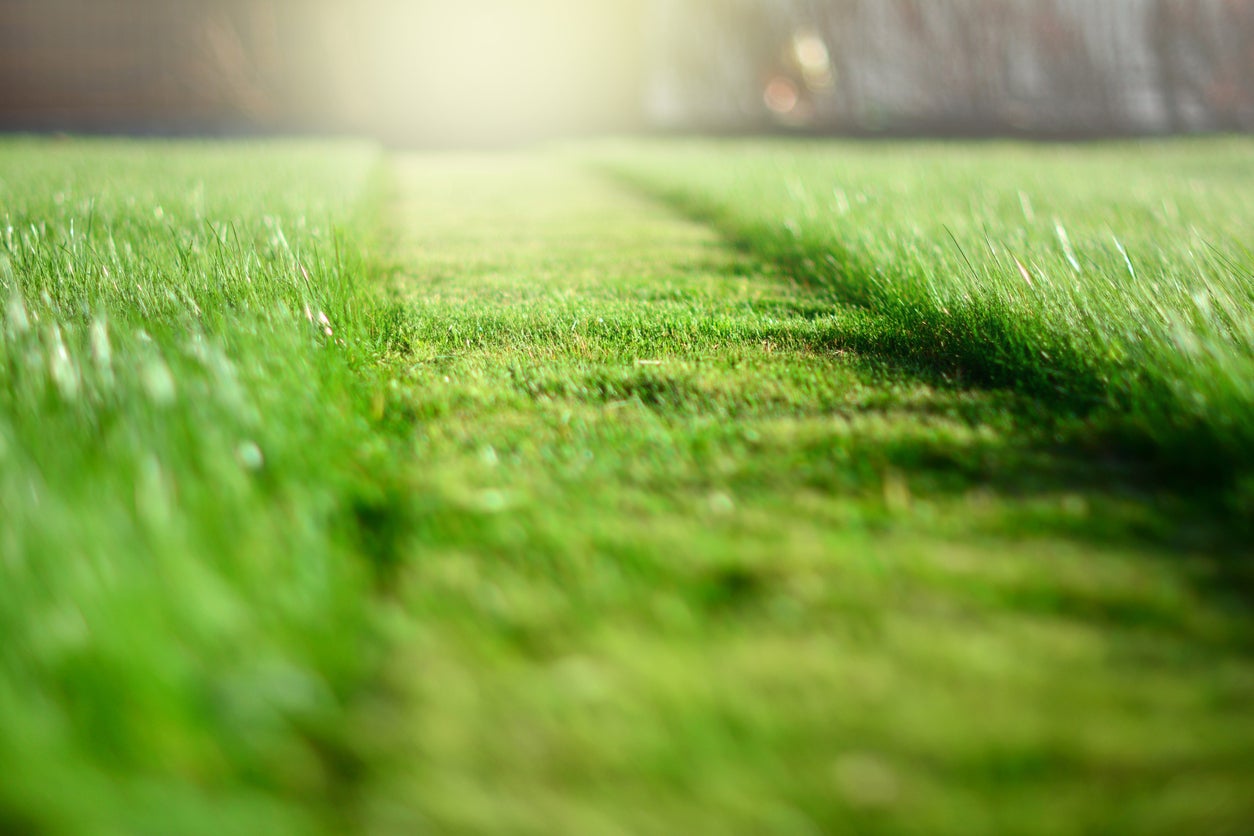
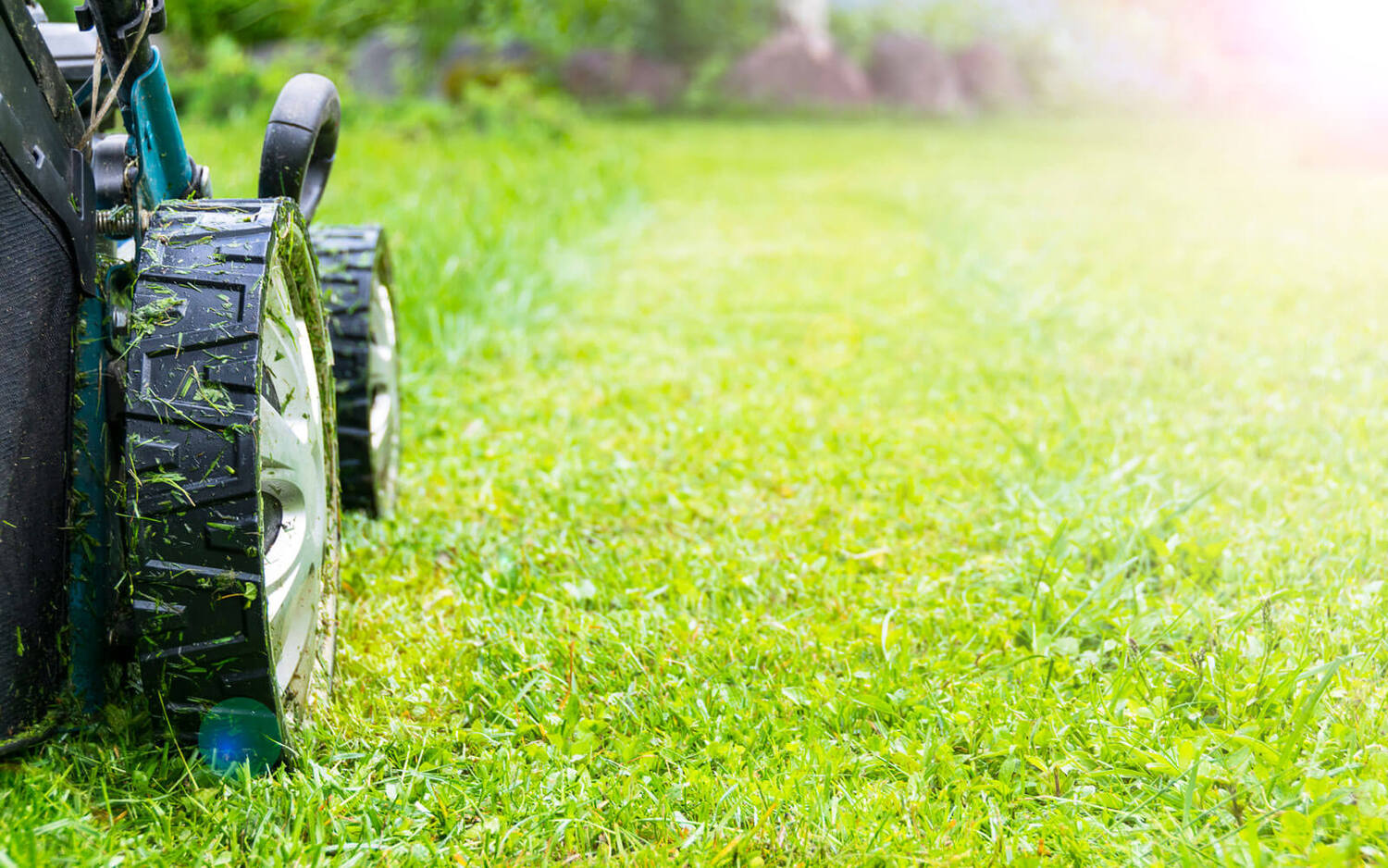
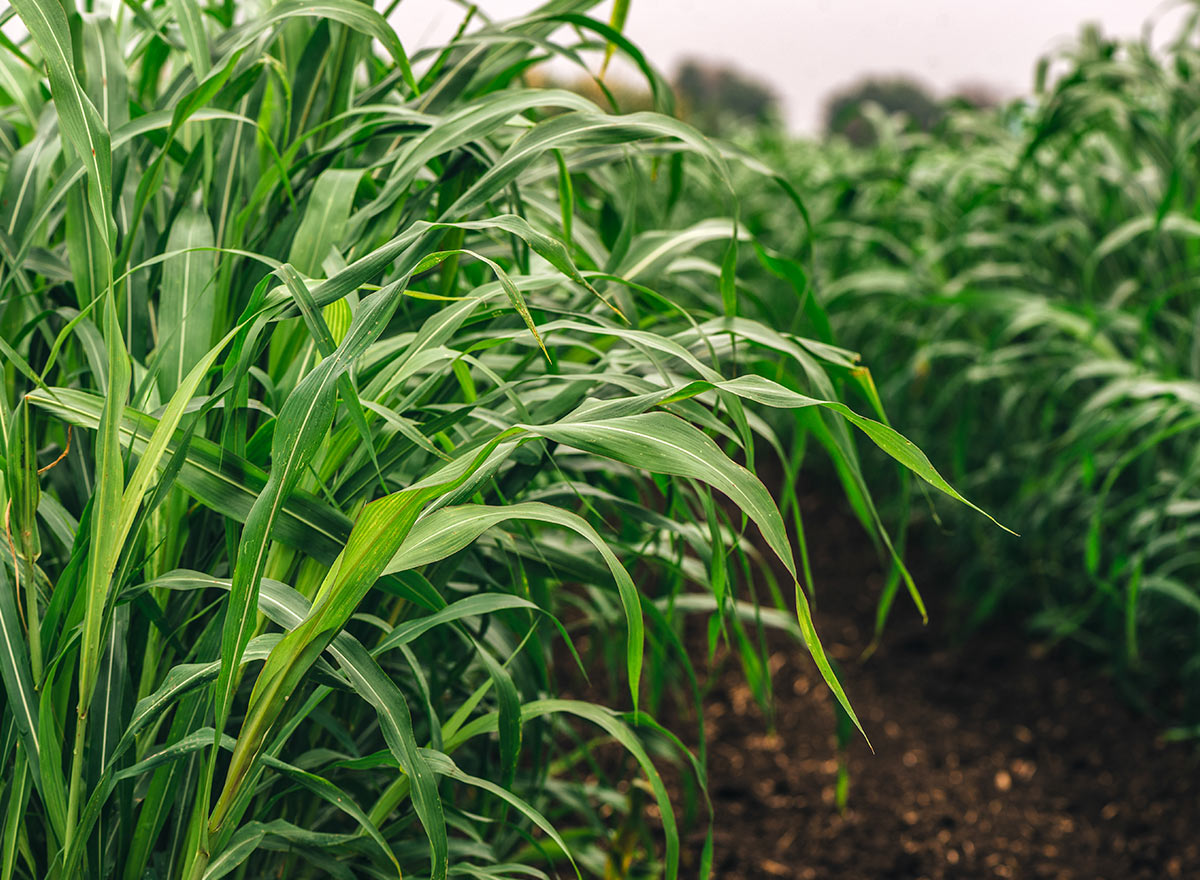

0 thoughts on “Does Grass Release A Chemical When Cut”